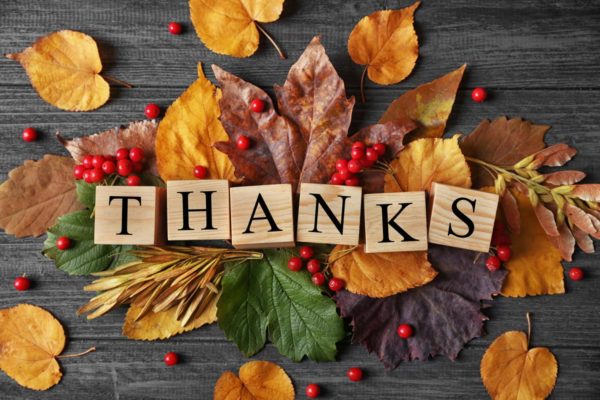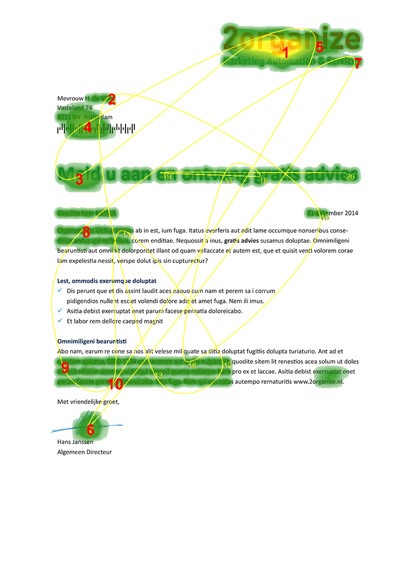Hey friend,
I’m reaching out to you today because I want to encourage you.
Being a fundraiser can be a difficult and lonely job.
It’s a job where it often feels like nothing is ever truly done. The hours can be long and – honestly – fundraisers rarely hear these important words:
Thank you – you are doing a GREAT job!
Because you ARE doing a great job.
Friend, you have chosen to do a job not many people can do.
You combine your passion for your cause with your ability to invite donors to do something meaningful.
You make a lot happen without a lot of resources.
When things get tough, you dig in, find a solution, and make sure your organization has the funding needed to continue.
You are a gift to your organization and to your community.
Thank you for choosing to do a tough and necessary job as a fundraiser.
Today, why not help cultivate a culture of gratitude at your organization by taking a minute to thank a co-worker for what they do? This gesture doesn’t have to be limited to the people you interact with daily. You might like to thank a faithful volunteer for helping stuff envelopes, a colleague on your programs team, or the person who does your payroll (yes, definitely thank them!).
We work hard to thank our donors for their generous support, so why not thank each other too?
So whether it’s a high-five, a thoughtful email, or a plate of fresh-baked cookies, take some time today to thank your colleagues for making the world a better place.










